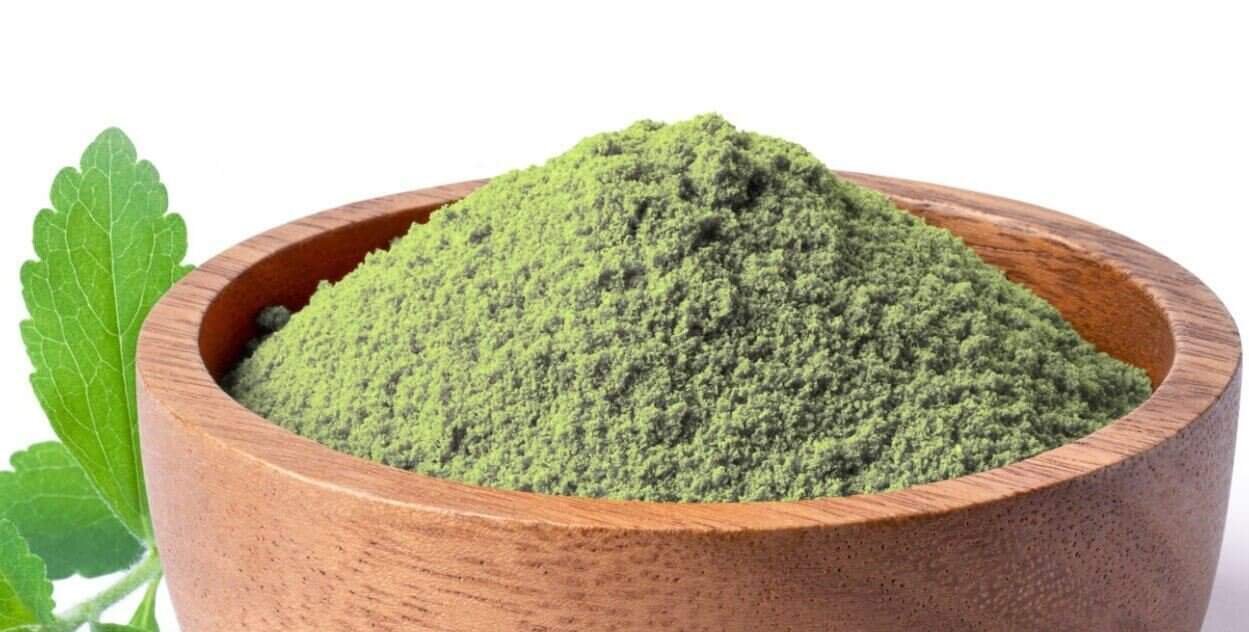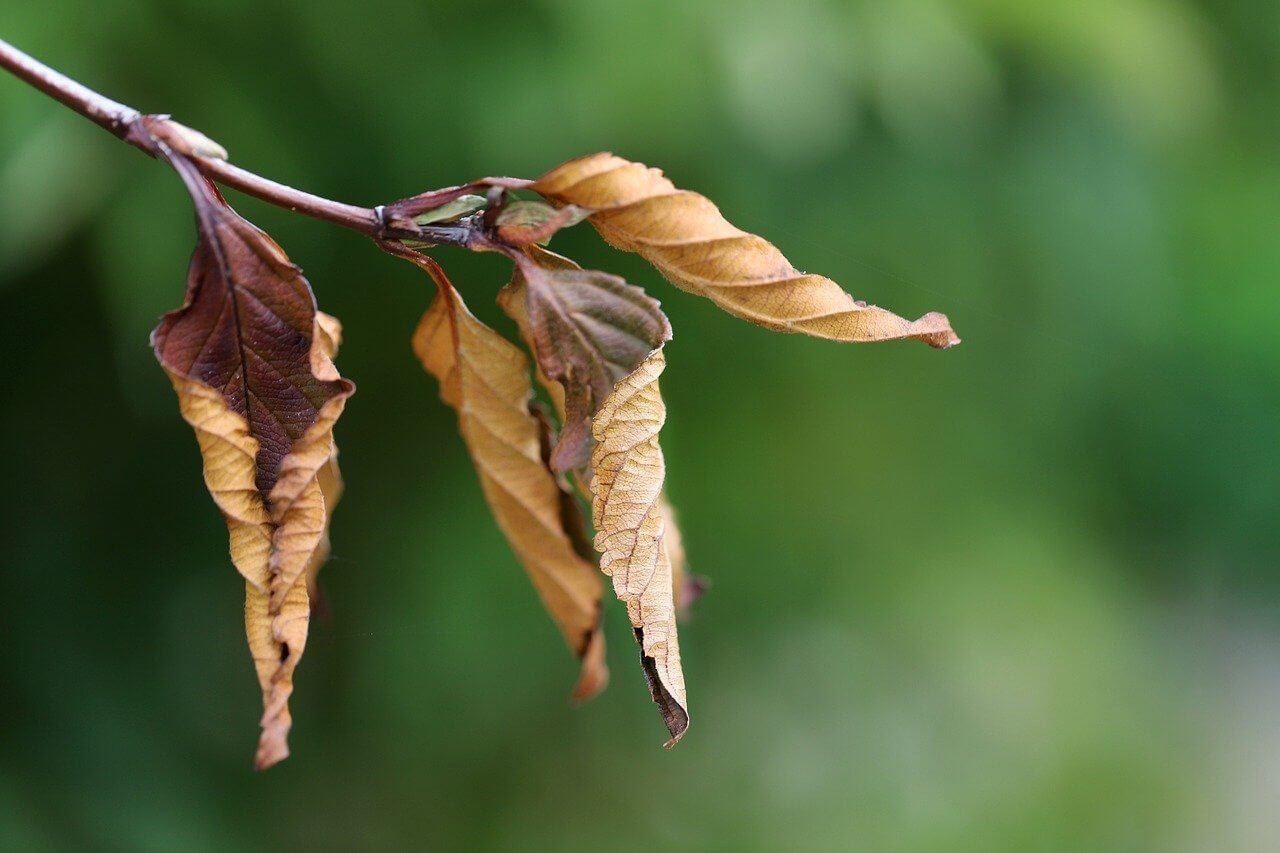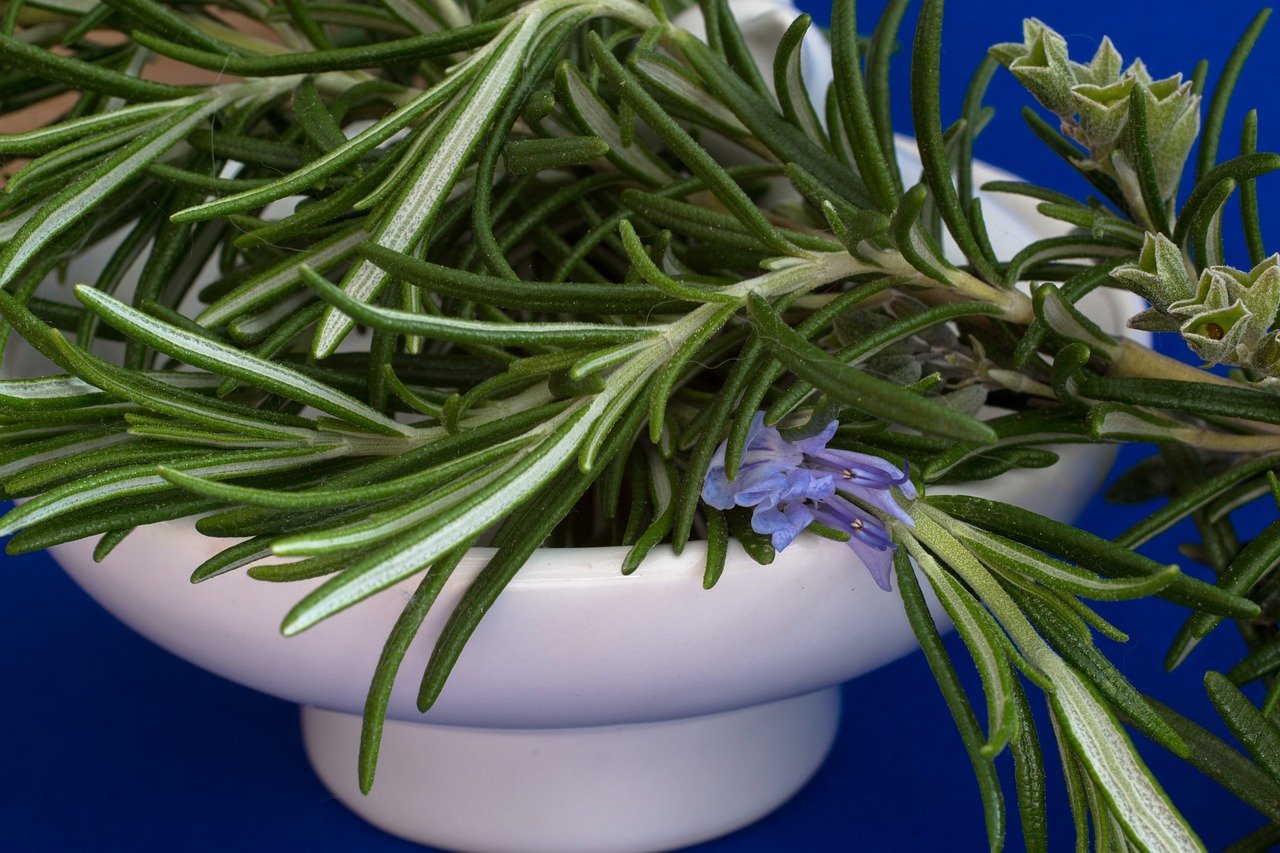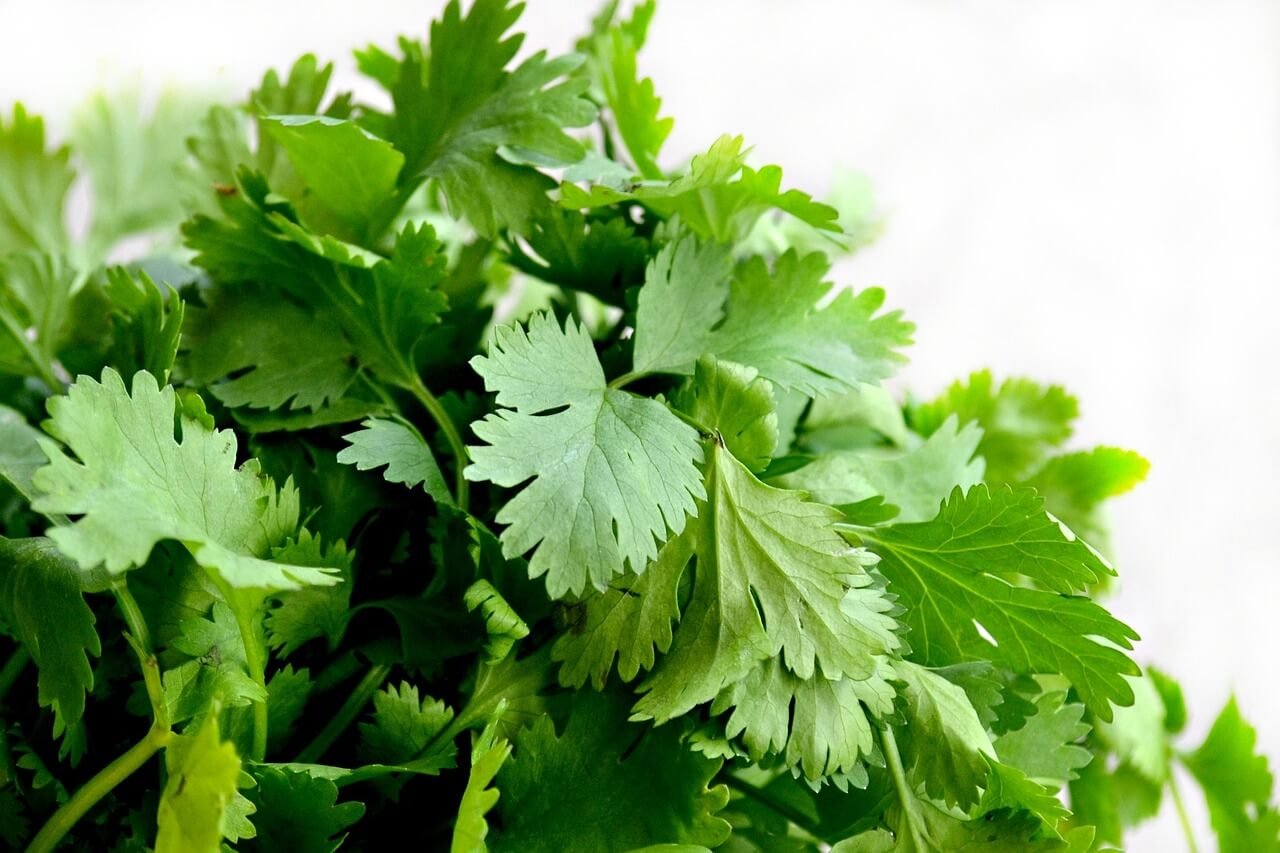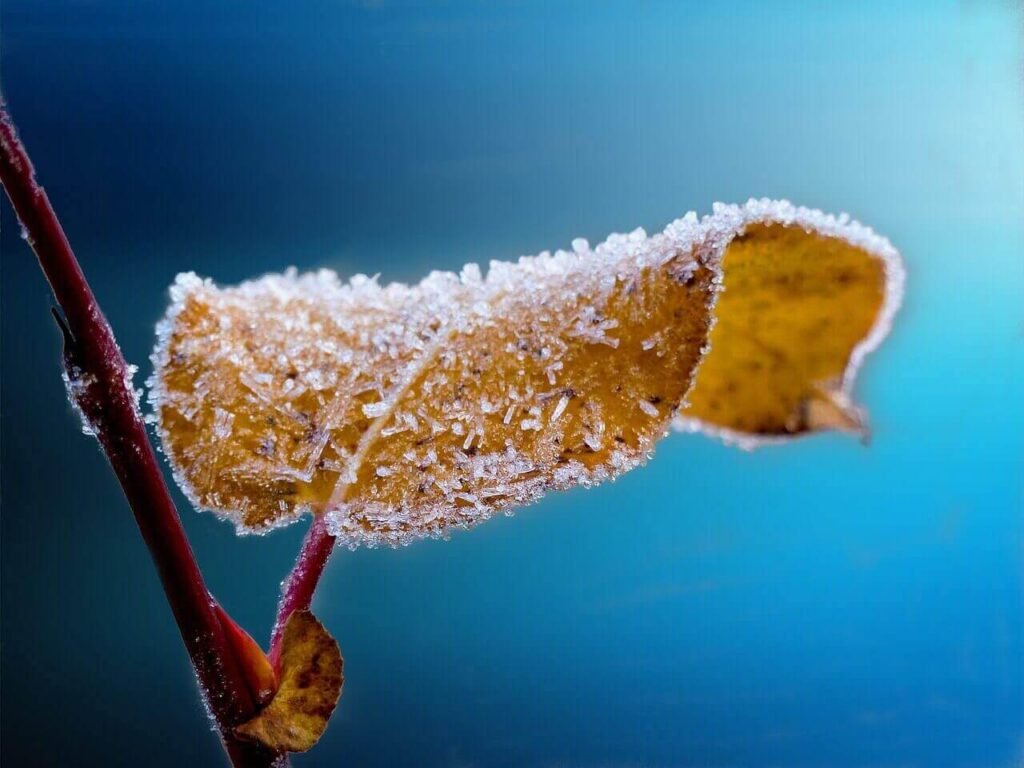
How to care for indoor plants during winter
Keep Fresh Your Indoor Plant in Winter
When winter frost settles over the world, the heart of the indoor gardener gets horrid and loses the glow of nurturing green life. There is no need to dim your heart, instead, let it inspire a dance of care and creativity. During the chill season, we can make our indoor verdant haven more greenery like our dream. Summer plant process to take care of in winter:
In our country, Bangladesh /Asian countries most cold seasons are stay only two to three months. November to February. It’s very hard for warm seasons plants to survive in winter. If it doesn’t survive we need to buy again in summer though some plants don’t die anymore if we simply increase take care of them. They can survive year to year, such as hibiscus, Jasmin, portulaca,currypata, tulsi, Sada bahar, and many indoor plants. With extra care, they can live but stop their growth because they are tropical plants and can easily go under stress below 10 degrees C.So It should be known that your plant’s cold tolerance capability. For my summer plants, I give some treatment. At first, I tried to know how many perennial plants I have and their behavior in winter. I check their temperature range so that I can understand which plants need more care. We can not control temperature but we can protect our indoor plants from bad weather such as excess heat, cold, frost, wind, water or rain, and dew.


Warmth and Shelter :
I do not keep them under the open sky even if I cover my balcony area with plastic or glass. I make a shade and cover it with plastic for my rooftop summer plants this is how they get protected from winter and get enough sunlight. I fetched some of the summer plants which were kept outside my house. I keep them on my balcony, window side, and hall room where they can get minimum heat and light. Embrace the Light:
Winter’s sunlight, though sparse and mellow, is a precious gift. Position your plants where they can catch these gentle rays, like an artist seeking inspiration from the morning’s golden hue. Rotate them occasionally, ensuring each leaf bathes in the winter glow, keeping the spirit of your garden alive and vibrant. I keep them on my Window Side or in Benconey. For this, I noticed that my window and balcony glass are clean. If not I clean the glass because they can get sunlight and make their photosynthesis properly. At night I cover the glass with a curtain/cloth because the window side’s plant will be ok! And at the morning I wipe the condensation from the glass with a soft cloth.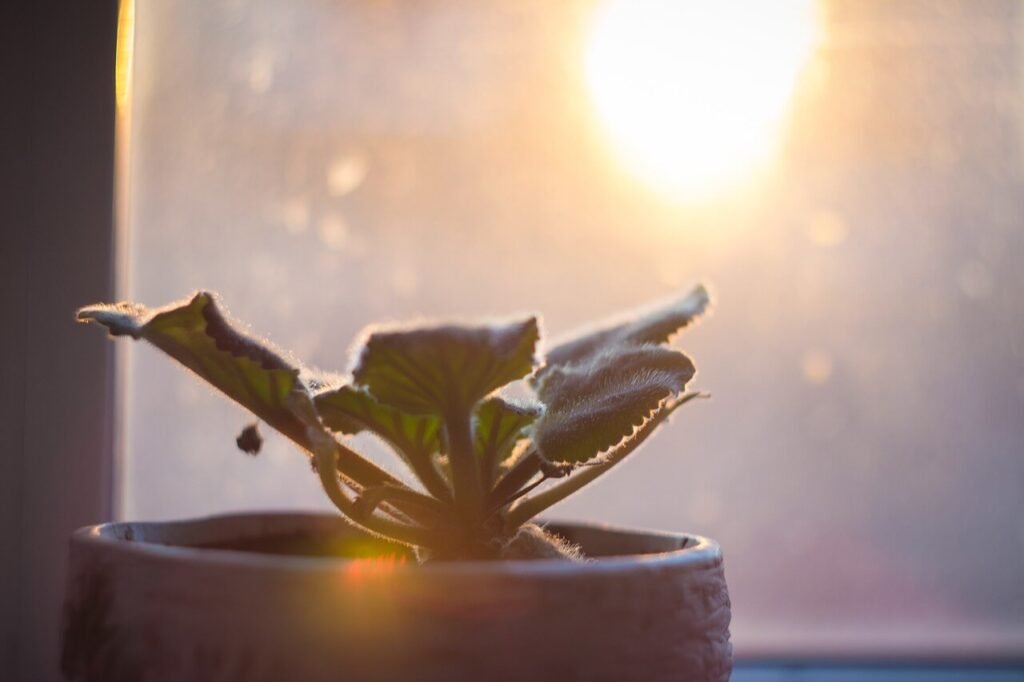
With this maintenance, you can get some benefits:
1/ Dew won’t fall on your plants.
2/Cold air and moisture could not make any bad impact these plants will be safe.
3/There would be humidity.
Gentle Hydration:
In the cool welcome of winter, summer plants feel their need for less water. Put out their thirst thoughtfully, allowing the soil to dry slightly. Steam up the leaves lightly and add a touch of gentle moisture, It should be noticed you In winter soil takes a long time to dry and how long for your plants. Outside plants need one or two times water in a week. And inside plants need one or two times water monthly. Or after checking the soil.whenever plants need watering clean Their leaves. In the winter season, It’s very necessary for plants. Do not use too much cold water In this period I added a little warm water to make normalize, not too hot Or you can use room temperature water.
Our indoor garden wants the comforting warmth to us. Creating a sanctuary where they can flourish. Consider a cozy space, perhaps near a heater but not too close, where they get to bask in the ambient warmth, feeling safe and loved but do not forget to use a humidifier If you keep the plants and room meater in a place. Which plants are winter’s seasons I keep them outside.
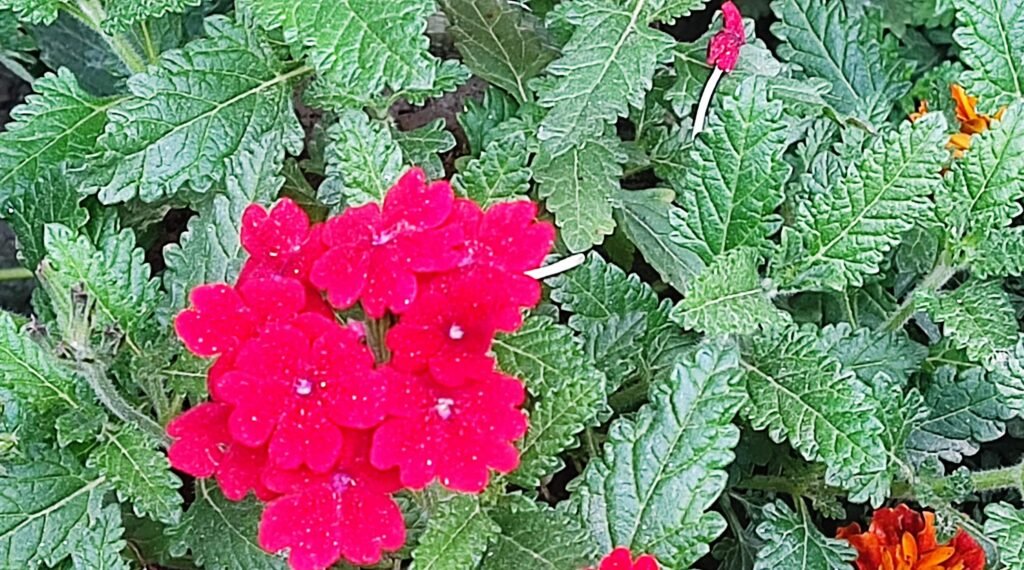
Nourishing Slumber:
Winter is a time of rest, a quiet lullaby for your green companions. They require fewer nutrients, so feed them sparingly. Let them dream in a peaceful slumber. This is how they gather strength for the vibrant burst of spring. A gentle feeding once in a while keeps their dreams sweet and hopeful.
If you feed them unnecessary fertilizer then there can be a reverse reaction on them. Roots may be spoiled.
But sometimes if it is needed, I feel that it should be some feed then I give mustard cake compost because it is very hot. Roots will get warmer but plants will not grow. One thing that should be noticed is that the fertilizer will have to be completely diluted with water. For safety give one time for two months.
Pest algae attack: In this case do not compare to summer, In winter fungal attacks, increase so you have to observe your plants every day. Small black worms and mealybug attacks increase very much. If attack any of them separate the plant as fast as you can from other plants and spray daily neem. If pests are not going away, mix a little liquified wash powder with neem spray until the insect is gone.
Pruning with Love:
Trim the drowsy, yellowing leaves with a loving touch. This act of care not only adds to their beauty but also encourages new growth, It would be a promise of renewal for a plant in winter.
Too much pruning or Pot shifting is very harmful to plants In winter. Because in this time of summer, plants go into dormancy, and they stop their many reactions so leaves falling is normal, and stopping growth is natural too. In this season of quiet and cold, let your indoor garden be a land sanctuary of life and love. In winter young plants need more care than mature plants. So each plant, is an adored friend, each leaf, a testament to your care. When winter weaves its tapestry of frost and stillness, your garden will remain a lively symphony of green, a beacon of hope and warmth.
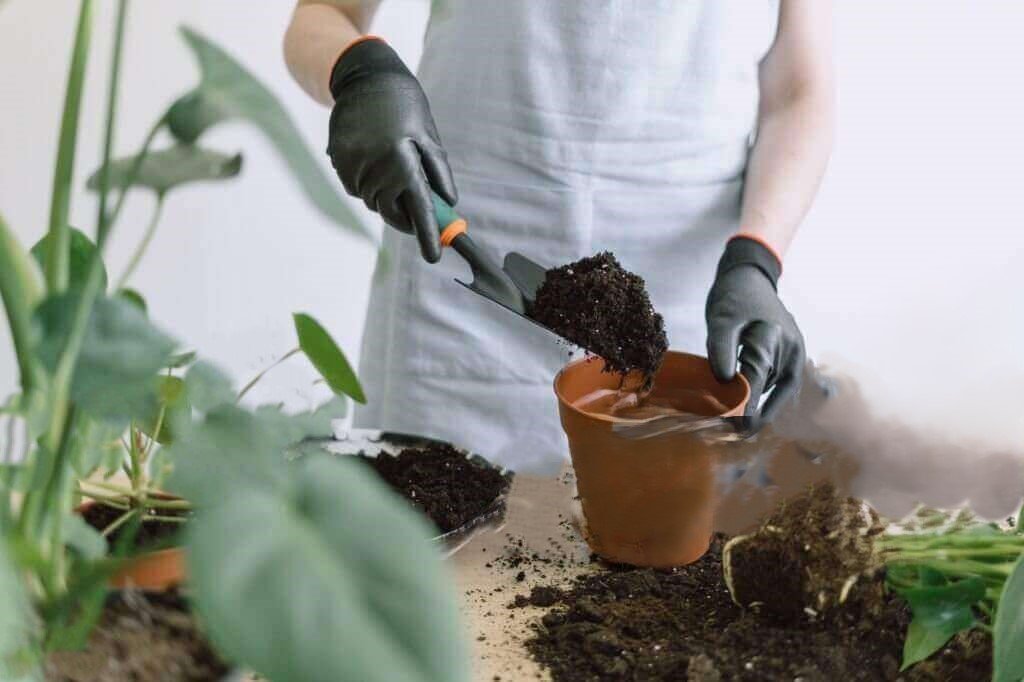
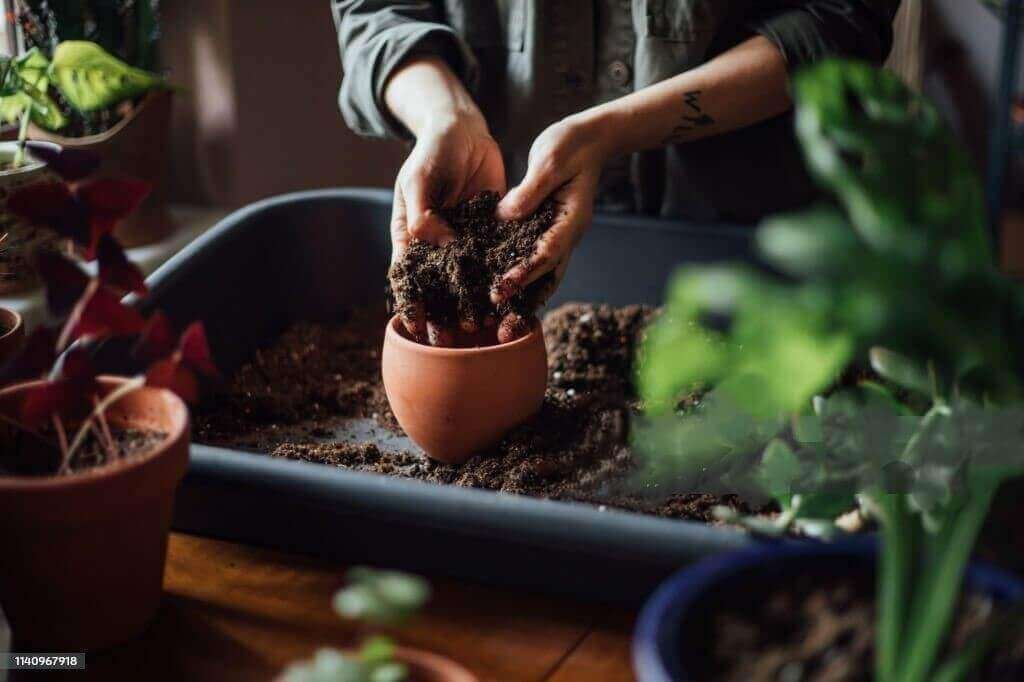
Plants for a Winter
Garden in the
California Bay Area
The mild winters of the California Bay Area make it ideal for growing a variety of cool-season plants. Here are some excellent options
Leafy Greens: Kale, spinach, and Swiss chard thrive in cool temperatures.
Root Vegetables: Carrots, radishes, and beets grow well and can be harvested throughout winter.
Herbs: Parsley, cilantro, and thyme flourish in the mild Bay Area climate.
Brassicas: Broccoli, cauliflower, and cabbage are hardy and perform well in winter.
Edible Flowers: Nasturtiums and pansies add color and are frost-tolerant.
Native Plants: California poppies and manzanita enhance the garden’s natural beauty and attract pollinators.
Prepare your garden with well-draining soil, and take advantage of the region’s winter rains for lush, vibrant growth.


Can you plant culantro in winter?
Culantro is a tropical herb that thrives in warm climates and is sensitive to cold. In winter, it is best to grow culantro indoors or in a greenhouse where temperatures remain above 50°F. Use well-draining soil, provide bright, indirect light, and maintain consistent humidity for optimal growth. Outdoor planting during winter is not recommended in colder regions.
Do snake plants grow in winter outdoor:
Snake plants are tropical and not frost-tolerant, so they cannot survive winter outdoors in regions with freezing temperatures. In mild climates with temperatures above 50°F, they may endure outdoors with protection. Otherwise, it’s best to keep them indoors during winter.
Plant Covers for
Winter Protection
Winter plant covers help shield plants from frost, freezing temperatures, and harsh winds. Here are some effective options:
1. Frost Cloths or Garden Fabric, Lightweight, breathable material, Ideal for covering flowers, vegetables, and shrubs.
2. Burlap is durable and reusable. Protects larger shrubs and trees from frost and wind damage. Can be wrapped around pots or draped over plants.
3. Plastic Sheeting offers excellent frost protection. Must be elevated (use stakes) to avoid direct contact with foliage. Remove during the day to prevent overheating.
4. Row covers or tunnels perfect for vegetable gardens.
Keeps plants warm and protected while maintaining airflow.
5. Cloches Individual covers are made of glass, plastic, or metal.
Great for young plants or smaller herbs. Tips for use
Anchor Covers: Secure with rocks, stakes, or clips to prevent wind displacement.
Timing: Apply covers in the evening and remove them during sunny days for proper ventilation.
Layering: For extreme cold, combine materials like burlap over frost cloths.

Potted Plants That Thrive in Zone 7 Winter
Zone 7 winters can be chilly, but many hardy plants are well-suited for container gardening. Here are some excellent options for potted plants that thrive in this climate.
Evergreens: Dwarf spruces, junipers, and boxwoods provide year-round greenery.
Pansies and Violas: Cold-hardy flowers that add vibrant color to winter landscapes.
Heuchera (Coral Bells): With their colorful foliage, these perennials withstand frost well.
Winter Heather: Offers cheerful pink or purple blooms throughout the cold months.
Lenten Roses: In late winter lenten Roses elegant flowers that bloom.
Herbs: Thyme, rosemary, and sage are hardy and can survive winter in pots with proper care.
Ornamental Grasses: Festuca and carex species add texture and movement to winter gardens.
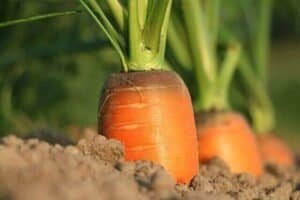
Tips for Success
Choose Frost-Resistant Pots: Use containers made of materials like resin or fiberglass to prevent cracking.
Protect Roots: Wrap pots with burlap or move them to sheltered locations during severe cold.
Ensure Proper Drainage: Water sparingly to prevent root rot during dormant months.
With the right plants and care, your potted garden can flourish even in Zone 7’s winter chill.
What winter plant
can survive climbing
a trellis?
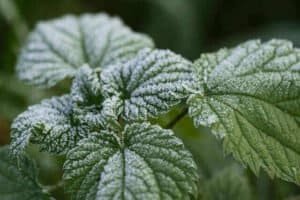
Winter Plants That Can Survive Climbing a Trellis
Several climbing plants can withstand winter conditions while thriving on a trellis. Here are some excellent options,
Evergreen Clematis (Clematis armandii): A robust climber with glossy leaves and fragrant blooms, tolerating cold weather.
Winter Jasmine (Jasminum nudiflorum): Produces cheerful yellow flowers even in freezing temperatures.
English Ivy (Hedera helix): A hardy, evergreen climber that remains green throughout winter.
Climbing Hydrangea (Hydrangea petiolaris): Slow-growing but resilient, this plant adds winter interest with its peeling bark.
Honeysuckle (Lonicera sempervirens): Certain evergreen varieties can survive winter and provide lush greenery.
Choose these plants based on your climate zone and provide proper support to keep your trellis vibrant in winter.
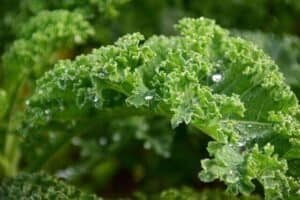
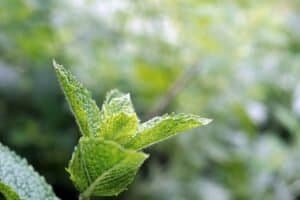
Related Post
I am an experienced indoor gardener working happily
and successfully in this sector for about five years.
Thank You
